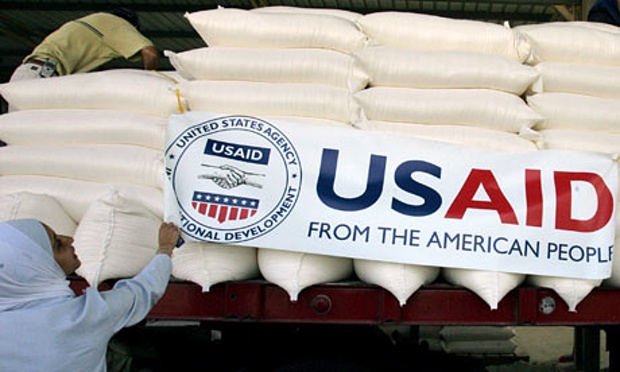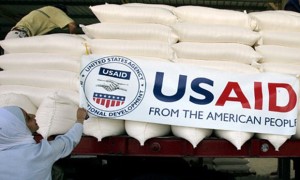Angela's Health Coach
This is repost from Primary Care Progress.
As team-based models of primary care become more prevalent, patients, providers, and trainees may encounter health care professionals they’d never heard of before. For example, what’s a health coach? Here, C. Leigh Goldsmith, a health coach at Iora Health’s Collective Primary Care in Brooklyn, NY, explains.
The patient tracking system lights up my laptop with “WAITING.” I head out to the waiting room to meet “Angela” with a smile and a handshake. She stands up from the sleek gray couch. Light streams into this magnificent space that is so rare in New York. Angela has red pixie hair and thick black hipster glasses covering pensive eyes. She gives me a smile, big but sad.
“Have you been here before? Let me give you the tour….”
“Here is the yoga studio. All of our programming is free. There is so much more to wellness than ‘absence of sickness.’ We want to give you the tools to feel good all the time. We offer yoga, tai chi, acupuncture …”
I walk backwards, always making a point not to turn my back to my patients.
“Our consultation rooms have tables and chairs instead of exam tables because lots of the work we do here is through discussion with you, learning about your life and creating goals and plans that will work for you.”
I walk her around the practice to my favorite room—room 10—the largest room, with two walls of windows showcasing the downtown Brooklyn cityscape. Continue reading here.
This is repost from Primary Care Progress. As







